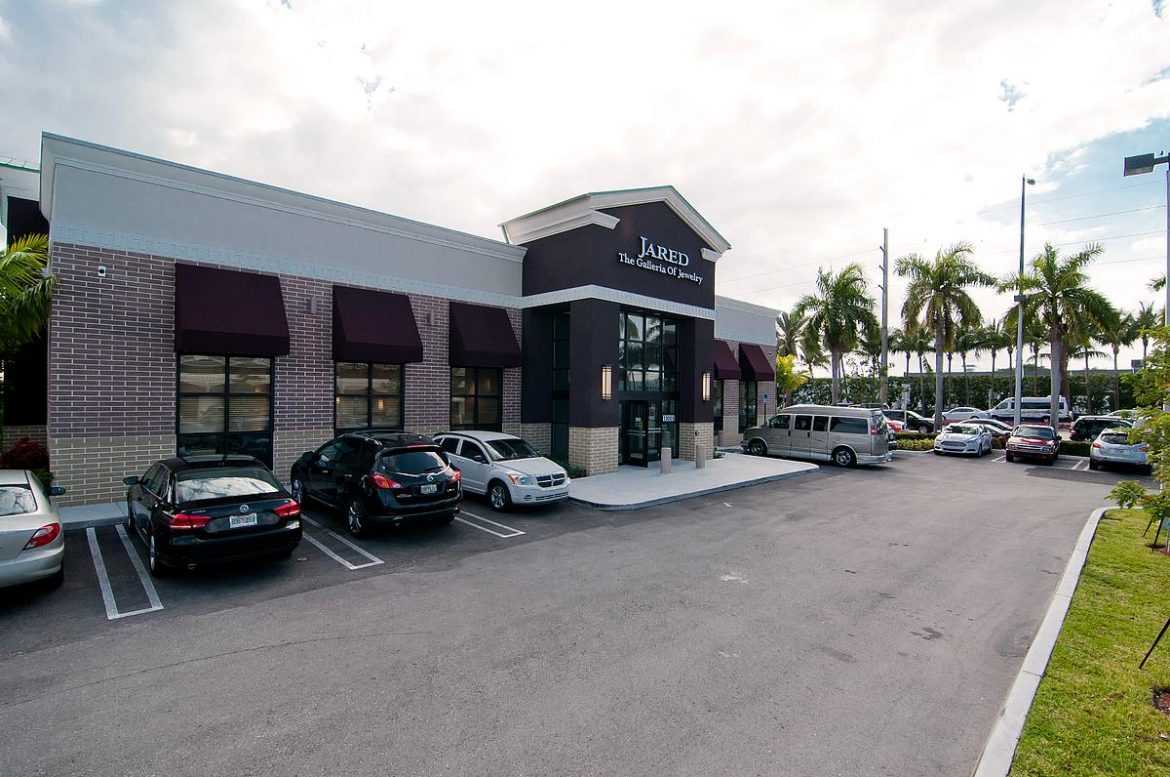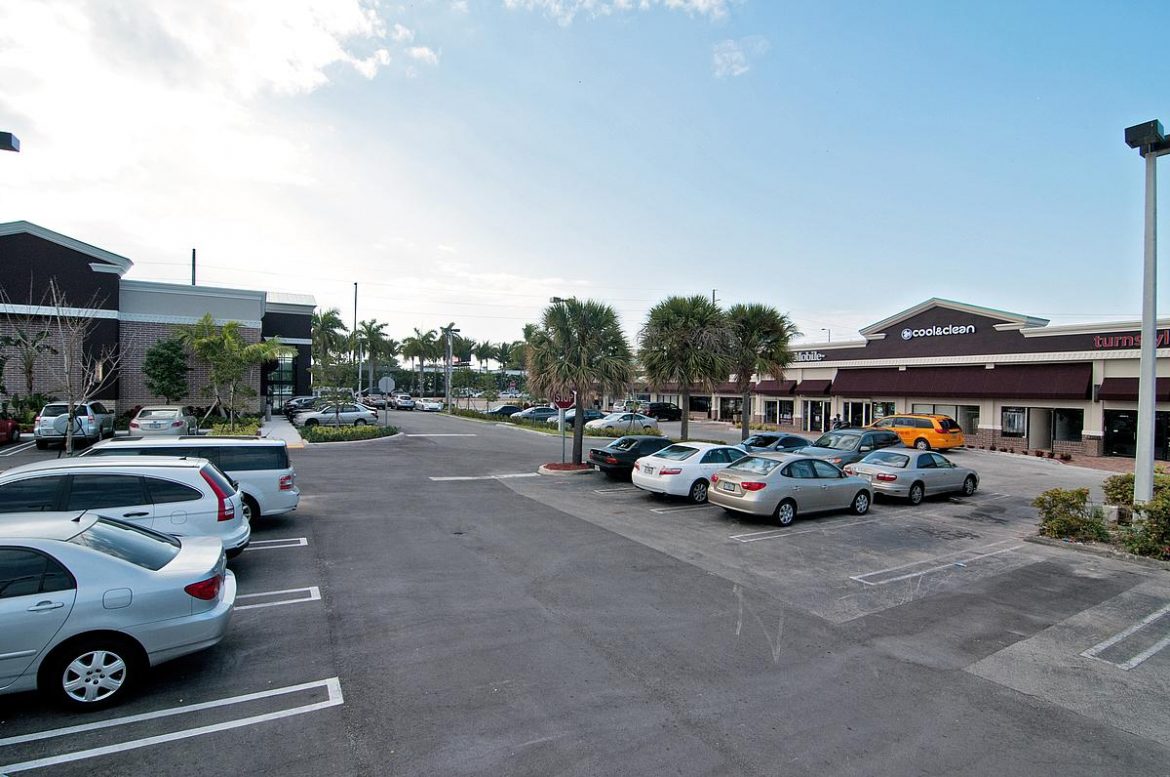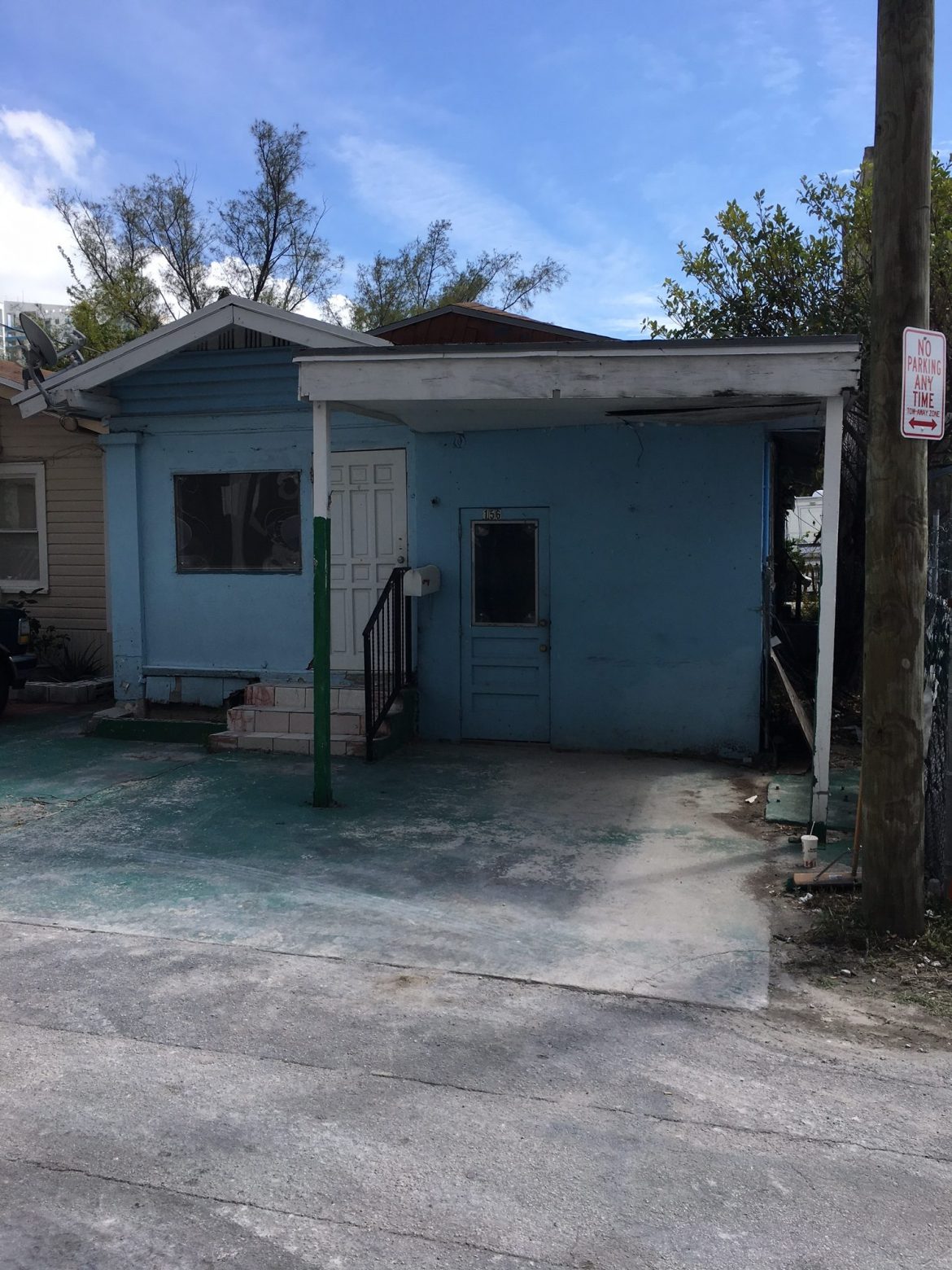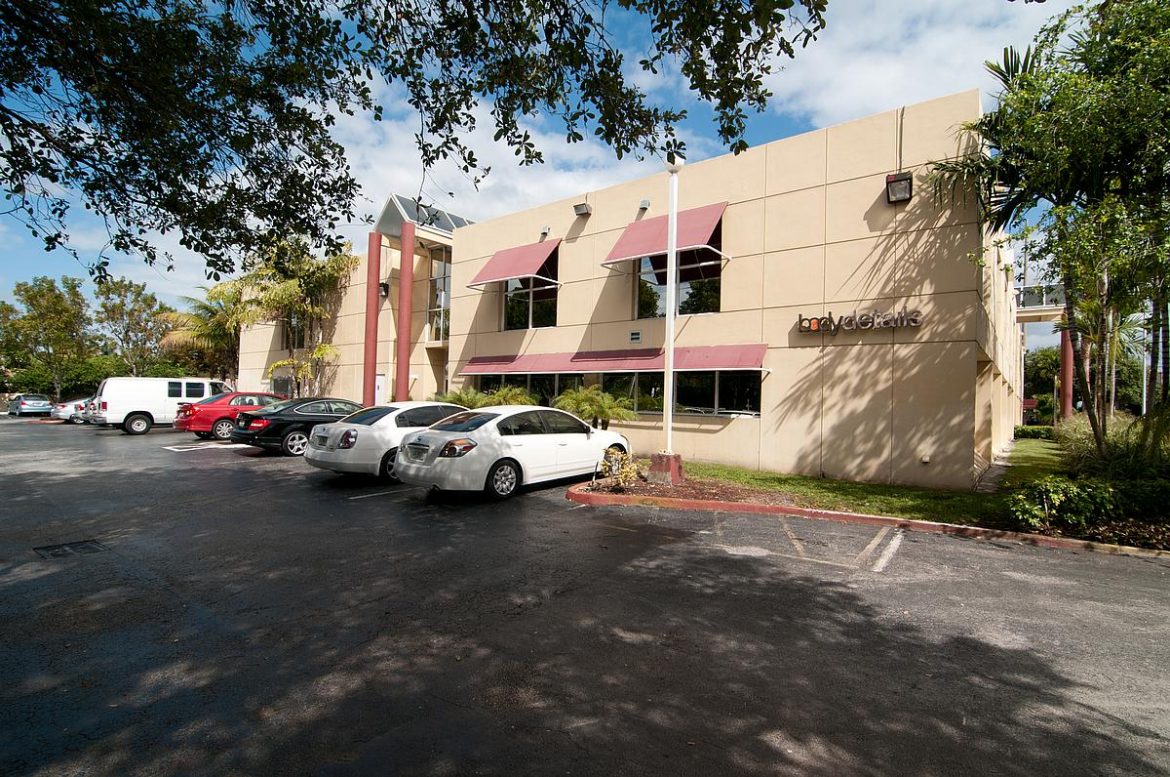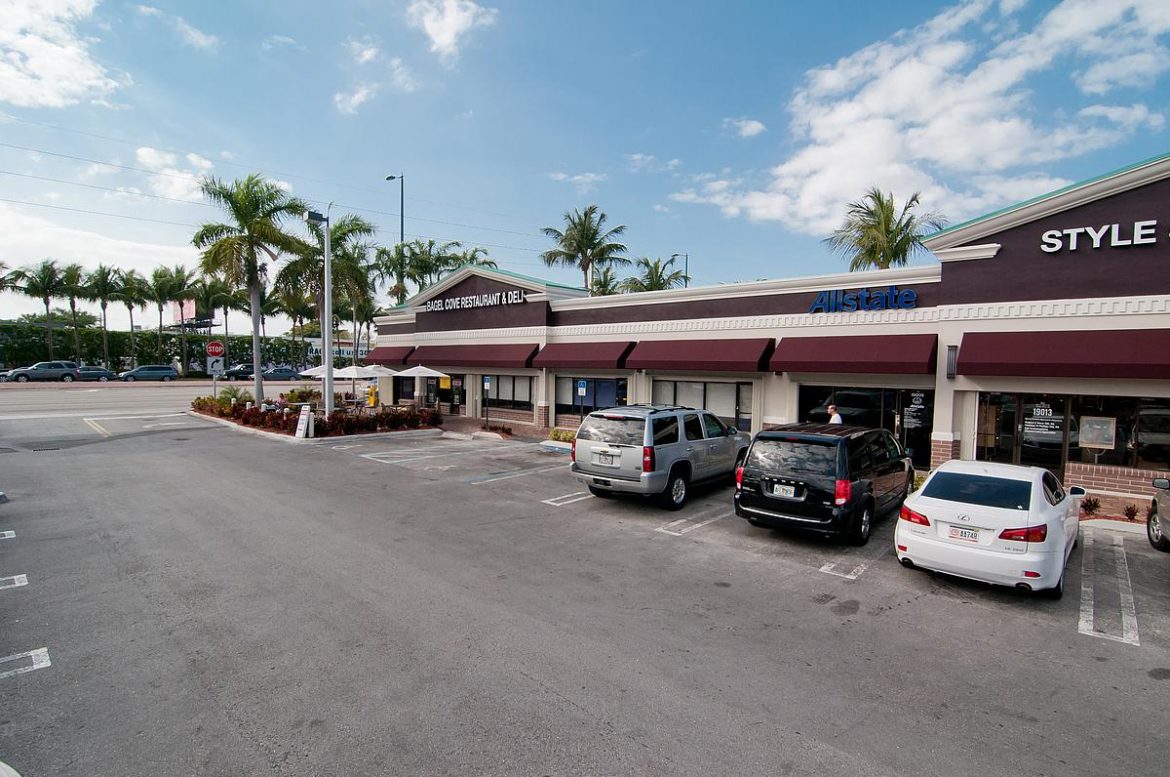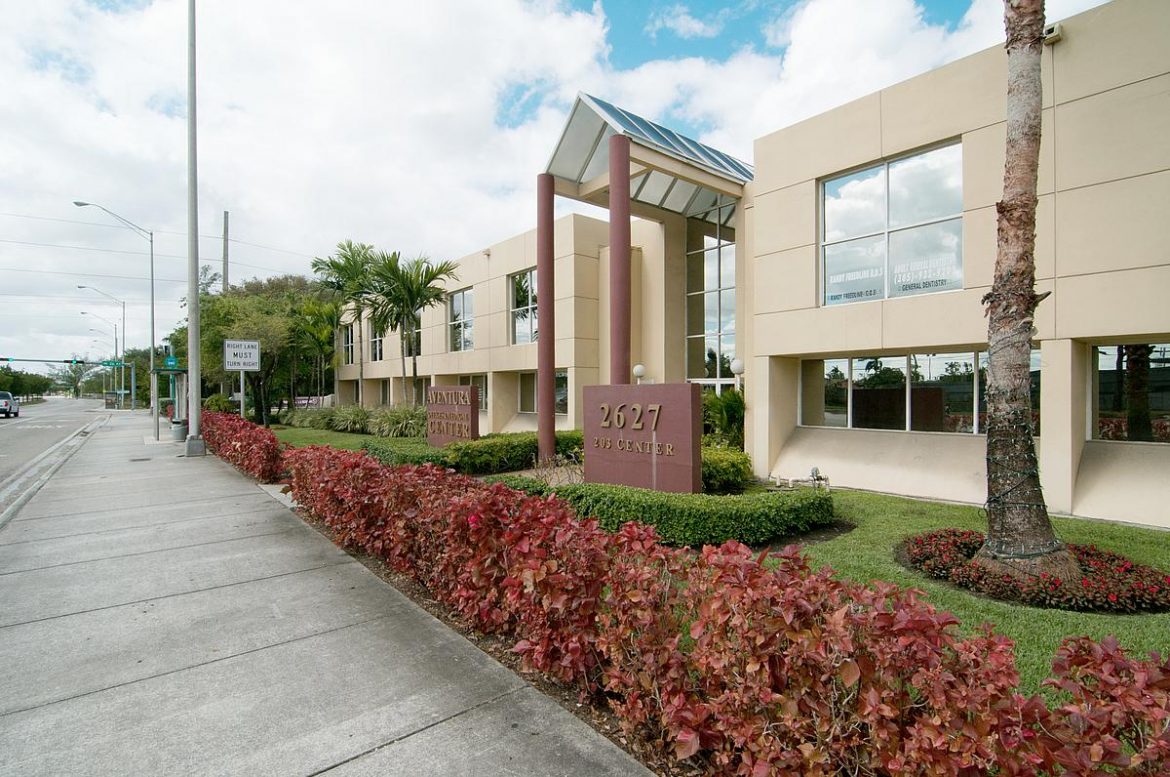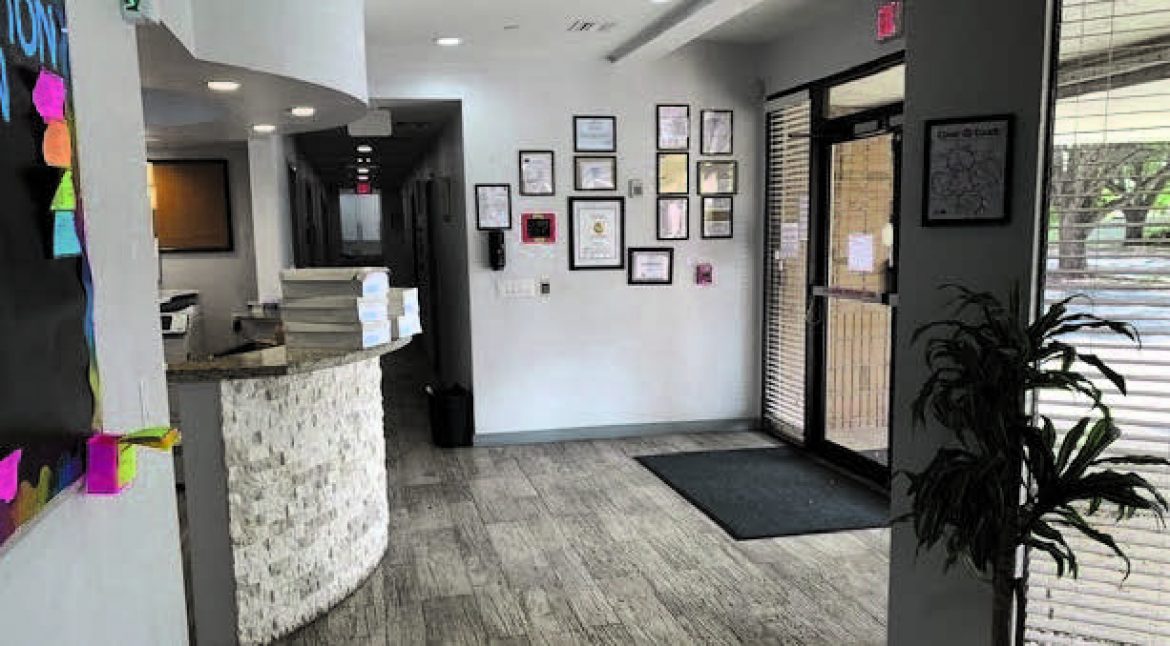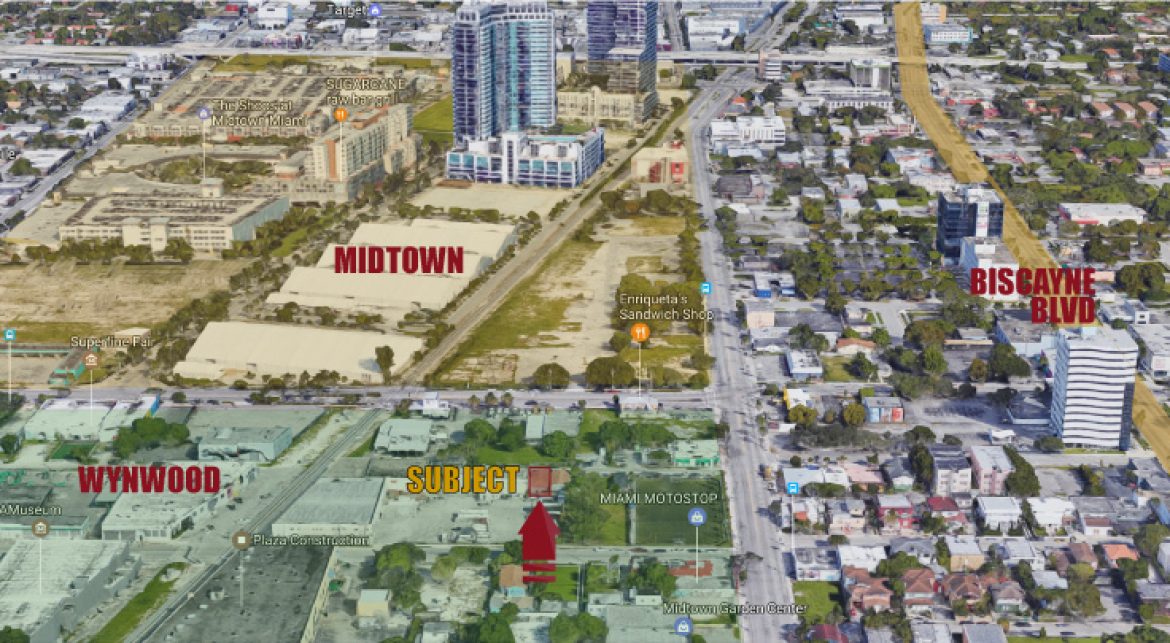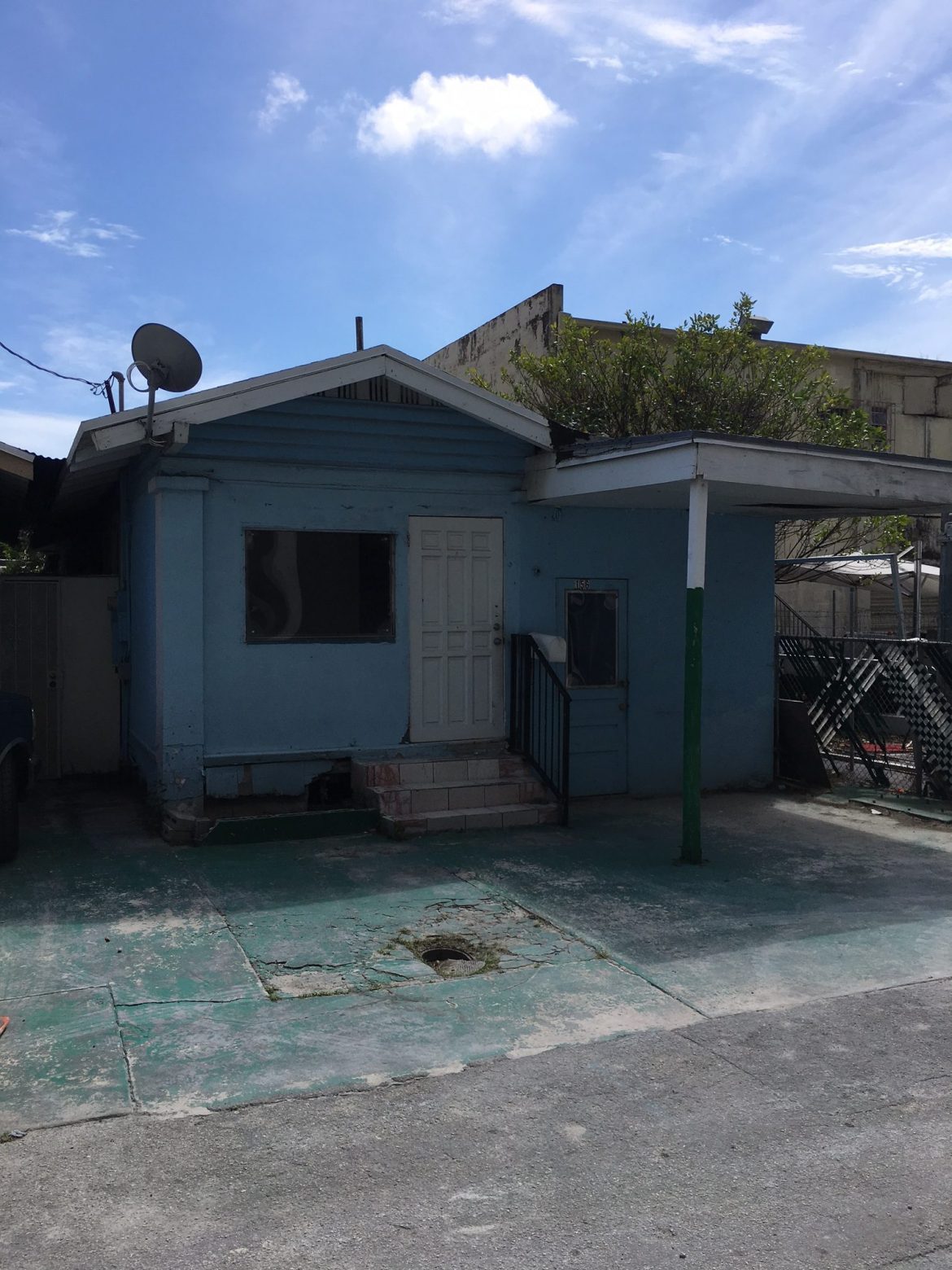
South Florida insurance companies and large hospital chains recorded healthy profits and acquired rival companies in an attempt to grow bigger in 2018, a new analysis found, accelerating a race to gain leverage in healthcare pricing negotiations.
But consumer advocates warn that whatever savings the healthcare monoliths find are unlikely to be passed down to patients.
Allan Baumgarten, who authored the recently released 2019 Florida Health Market Review, said the insurance companies and hospital chains are each seeking to achieve dominance.
“You have both health plans and hospital systems in a sense each trying to gain market strength and match the market strength of the other one,” he said. “It’s kind of a cyclical process. One makes that decision and then the other says, ‘Well, we have to get bigger as well.’”
Research has shown that prices are higher where hospital markets are more concentrated, according to Phillip Longman, policy director at the left-leaning Open Markets Institute, which advocates against monopolization in various industries.
“Sometimes, through consolidation, you get real economies of scale: better coordination, integration of care,” Longman said. “But experience has shown that whatever cost savings result are generally not shared with consumers.”
In Florida, consolidation among health insurance companies drove a 12% rise in profits for health maintenance organization insurance plans, or HMOs, and South Florida hospitals reported 8% average profit margins, their highest in recent years, according to the Florida Health Market Review.
Hospital systems grew through new construction and acquisitions. The Tennessee-based Hospital Corporation of America, or HCA, one of the nation’s largest for-profit systems., and AdventHealth, a nonprofit healthcare system, led the charge in Florida, acquiring hospitals from Community Health Systems, which was once the seventh-largest system in the state, the report found.
HCA owns several hospitals in South Florida, including Aventura Hospital and Medical Center and Kendall Regional Medical Center, while AdventHealth doesn’t have a presence in the southern part of the state.
Meanwhile, the health insurance market grew significantly more concentrated in the last three years, with companies like Anthem and Blue Cross Blue Shield acquiring a number of HMOs.
On the hospital side of that equation, Baumgarten said, providers are looking to expand their geographic footprint — Jackson Health System’s expansion into Doral or Baptist Health’s acquiring facilities across Palm Beach and Broward counties — in an attempt to capture more patients and additional market share. The hospital construction boom has been aided by the Florida Legislature, which removed regulations last year requiring hospitals to demonstrate an economic demand for new facilities before construction.
South Florida hospitals recorded combined profits of nearly $1.3 billion in 2018 and have posted combined profits above $1 billion for four of the past five years, the report found. HCA hospitals were the most profitable, with a net income of $363.6 million, according to the report. Baptist Health, a nonprofit and the largest system in the Miami area, had a net income of $142.8 million and Memorial Healthcare System in Broward County, a nonprofit hospital network, had a net income of $158.6 million.
Insurance companies are also trying to expand their reach as a way of increasing their leverage in price negotiations with hospital systems. HMO plans from Blue Cross Blue Shield, Humana, UnitedHealthcare and WellCare, the four largest HMO companies, made up 64.2% of the market, compared to 51.5% two years earlier, the report found.
“And yet, at the end of the day, the trends on both sides, in terms of prices being charged by hospital systems and the premiums paid by consumers and employers, both of those remain on an upward trajectory,” Baumgarten said. “So it’s hard to see from a consumer point of view how they’re actually benefiting from these strategies.”
Jaime Caldwell, president of the South Florida Hospital and Healthcare Association, said that, despite a good year for hospitals in 2018, there is uncertainty on the horizon in how hospitals will get paid.
Caldwell described a “healthy schizophrenia” as segments of the industry move away from a “fee-for-service” model, where insurers reimburse healthcare providers for things like lab tests and procedures, to a “managed care” model, where insurers reimburse providers based on the health outcomes of patients.
That shift, Caldwell said, will complicate the race for more market share between hospitals and insurance companies.
“I don’t know where it leads to, to be honest with you,” Caldwell said. “We’re seeing more and more reimbursement is trending toward [the managed care model], so I’m not certain those market strategies will be the dominating force moving forward.”
Longman, the consumer advocate, said that South Florida .is typically a bellwether for the rest of the country, and in this case, he sees consolidation of the healthcare industry continuing until there are fewer and fewer players left on the field.
“When hospitals merge, they no longer have to compete with each other for patients. That means they are freer to raise prices,” Longman said. “Any insurance company … when they come into this particular market, there’s only one person to deal with, and so that person names their price.”
Source: Miami Herald

